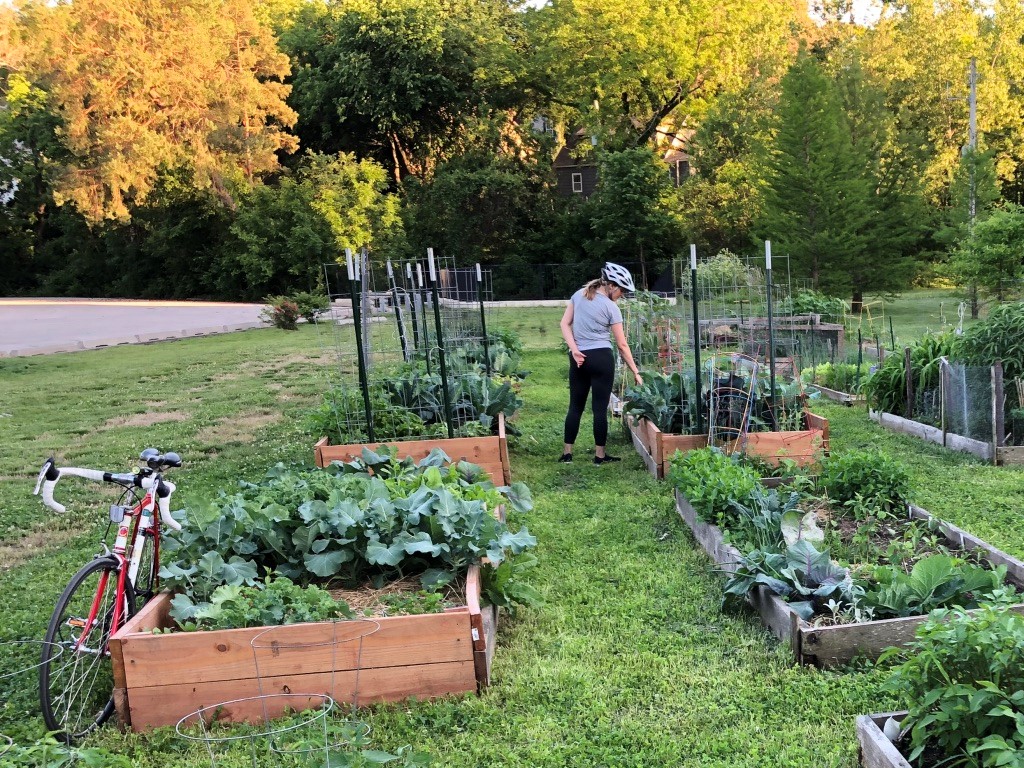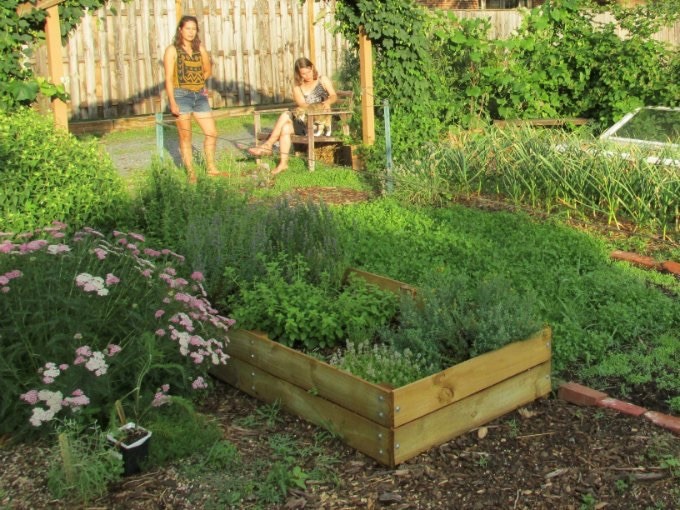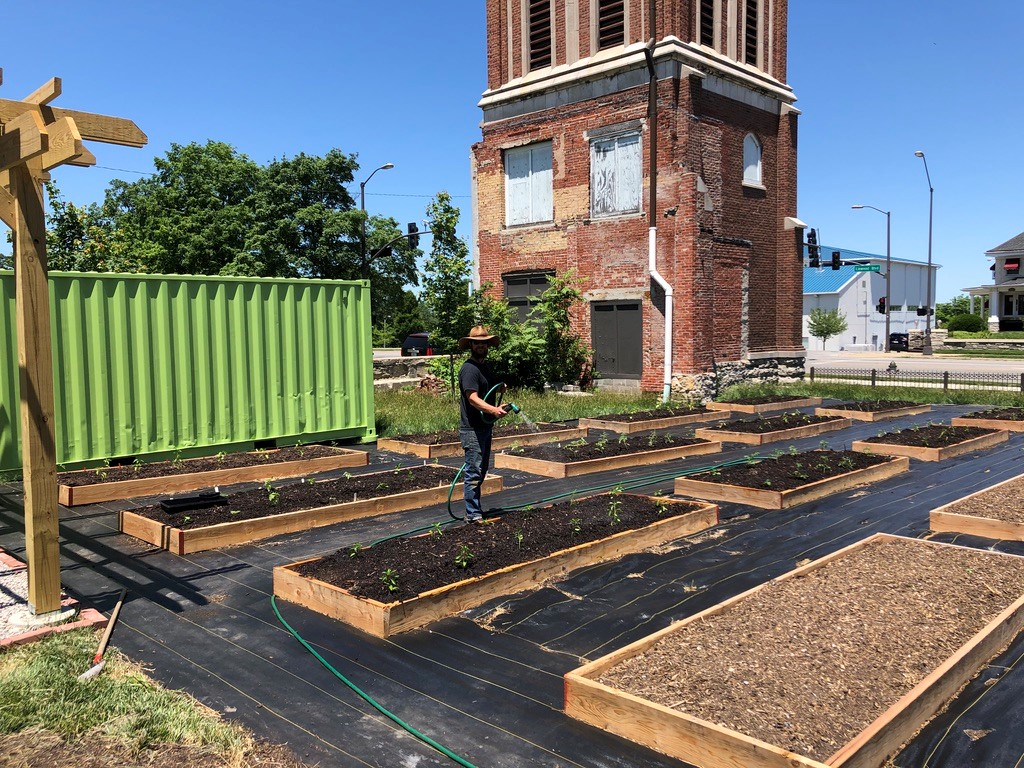Building a better raised bed
Reproduced from K-State’s report “Raised Bed Gardening”
Raised bed gardening has become a popular gardening practice. Smaller lots and families have led to the downsizing of planting areas and the amount of produce needed.
Raised bed gardening is fun and enjoyable for the gardening enthusiast. Planting and tending a garden is still a favorite hobby and pastime for millions of Americans. And, the taste of fresh-picked vegetables is beyond compare.
Raised bed gardens offer several advantages over conventional gardening plots. Soil raised above ground level warms up more quickly in the spring, which allows for earlier planting dates. These beds are usually filled with high-quality soil which improves drainage and increases yield. Raised beds are smaller than traditional gardens making them easier for most people to maintain. For example, the denser plantings help reduce weed infestations.


The main disadvantage of this system is that elevated beds tend to dry out more quickly in the summer months, increasing the need for watering.
Construction
The beds are usually raised off the ground 6- to 8- inches. The framework for this structure can be made from several types of materials. Some gardeners suggest not using a support but, instead, mounding the soil. This is the simplest method and works well. Most gardeners use some sort of framing materials such as railroad ties, landscape timbers, planking, rock, manufactured blocks or bricks.

Wood products can be treated with wood preservatives to increase the life of the structure because wood rot can become a problem over time. Questions sometimes arise over the use of treated lumber in vegetable beds. The most common wood preservative traditionally used (chromated copper arsenate or CCA) was phased out on December 31, 2003, for virtually all residential use including raised beds. Two other products, ACZA (ammoniacal copper zinc arsenate) and ACQ (ammoniacal copper quat), have replaced CCA and may be used for raised bed construction.
Well-documented research has shown that CCA, ACZA and ACQ may be safely used to construct vegetable beds. However, some gardeners still prefer to line the sides of beds with polyethylene plastic so that roots do not come into contact with treated wood. Liners also help slow the deterioration of the wood frame.
Zac Hoppenstedt, Horticulture Agent, 2021
Do you still have questions? The Garden Hotline is staffed by trained EMG volunteers and Extension staff who will assist you with questions.